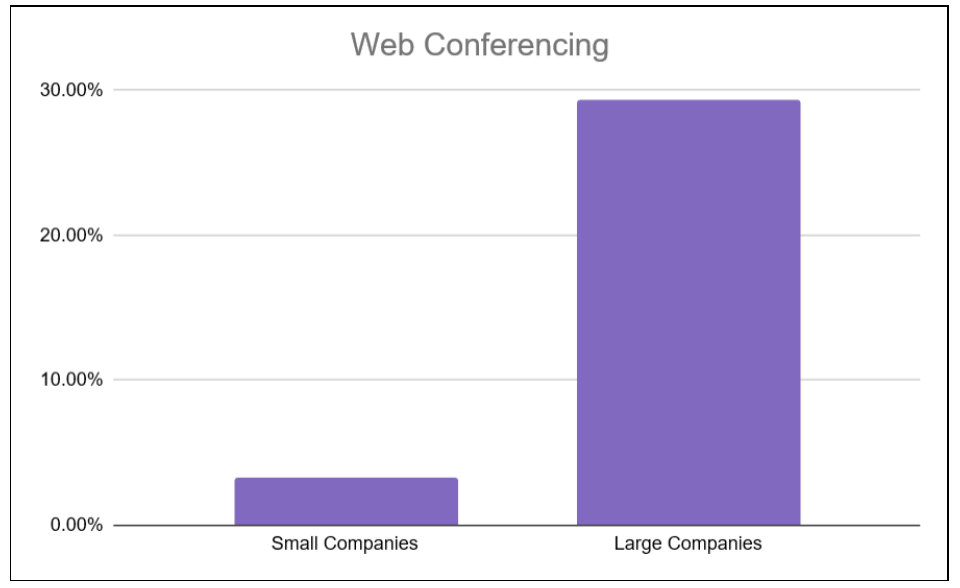On February 26, 175 executives gathered at the Marriott Long Wharf hotel in Boston, Mass., to discuss the future of one of the world’s largest biotech companies. Within days, it was revealed that several of them were infected with COVID-19. Following this confirmation, all conference attendees were immediately asked to self-quarantine, and by early March, Biogen had effectively transitioned it’s 7,400 employees to a fully remote workforce.
As the coronavirus pandemic has continued to worsen, large companies like Amazon, Microsoft, Google, and many others have either encouraged employees to work from home or mandated it.
Despite this, the transition to working from home is fundamentally more difficult for smaller businesses and not nearly as widespread.
According to the Insight 2020 Technology Report: IT Trends for Midmarket and Small Businesses, 66% of the SMBs surveyed reported that their workers encounter delays at least five times per week as a result of ineffective collaboration tools.
“Businesses, especially mid-sized and smaller organizations, need to invest meaningful resources in structuring flexible IT politics to ensure that outcomes don’t suffer,” said Brenda Hudson, Vice President, Inside Sales at Insight. “Unfortunately, we’re seeing SMBs stumble as they work to navigate a growing universe of devices and collaboration tools.”

ZoomInfo’s data show that, among companies with 50+ employees, a mere 3.3% of them have web conferencing software (such as Zoom or GoToMeeting), let alone a full suite of collaboration tools. By comparison, 29.3% of companies with 1,000+ employees have web conferencing software.
Jamie Klein, CEO of HR consulting firm Inspire Human Resources, told ABC News that her team is advising all clients that could feasibly implement a work-from-home strategy to begin preparing to do so from a technological standpoint.
“What we’re saying to clients now is, make sure that you have practice with working via Zoom. Use tools like Trello, Slack… Practice communicating virtually,” said Klein. “And for leaders… Practice leading an organization with all these tools in place.”
The difference is even starker when looking at team collaboration tools (like Slack or Confluence), which exist at 6.2% of the small companies and 54.1% of the large companies within ZoomInfo’s database.

What this data suggest is that, although smaller companies are typically thought of as more flexible—and therefore, more able to accommodate their employees in the face of change—in the case of this pandemic, large companies might be better equipped to adapt to the work-from-home model due to their level of technological preparedness.
While small businesses come to terms with the implications of the foreseeable future, many are also seeing opportunity in the driver for change: the immediate need to take steps to enhance their technological preparedness.
Co-owner of Centurion physical therapy Deanie Barth told CBS news that, as more and more patients cancel in-person appointments, the organization is responding by making greater use of their teleconferencing services, “an investment that could open up a whole new arm of business for her 11-person company.”
As this transition takes shape worldwide, the adoption of collaborative technologies will be essential across all businesses, large and small.


